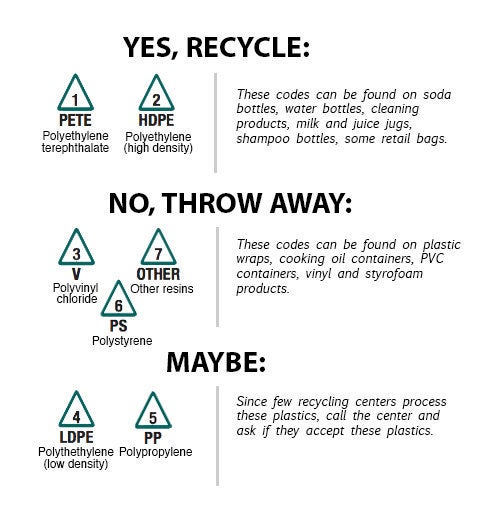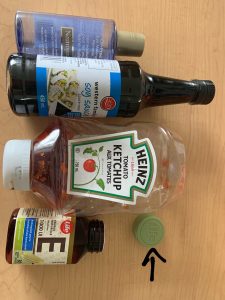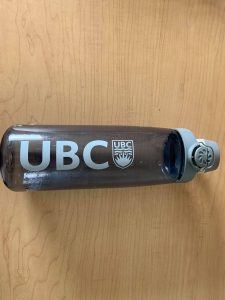Hello! This is a follow-up to my previous blog post, where I discussed wanting to try living waste-free (or zero waste) . In the previous post I did a “situational analysis” of sorts – looking into my current consumption and analysing whether a lot of the products I own or use are even recylcable or end up in landfills anyway.
As I was reading up on living zero waste, I decided that the easiest way to avoid the trouble of ‘not recycling’ properly (other than educating myself on all aspects of recycling) , was to try and avoid (recyclable) plastic packaging completely. As I started to look deeper into how I would do this, I realised I needed new sources and brands for the simplest of things – including a shaving razor! While I don’t have all of the answers, I have been abel to find alternatives to many of my current products. These are brands which you may know very well, and some hidden gems. A lot of them may tie into my previous posts (so check them out too!)
- Shampoo – I shampoo at least twice a week, and on average, a 350ml bottle will last me 2.5-3.5 months , which means I am often throwing out/recycling the plastic bottle. However, to avoid the packagin completely, I found two alternatives :
a. Shampoo bars! Literally like soap bars, but for your head hair! Of course, these can be found at everyone’s favourite, Lush. I do know that there is controversy concering lush and Greenwashing. While they definitely ahve areas of improvement, I do feel comfortable purchasing products from them.
b. Refillable containers, and bulk shampoo! There are stores which have shampoo in bulk containers. All you have to do is take your container (preferably eco friendly 🙂 ) , fill, weigh and pay! One such store is Nada, whom I have an entirely separate post about.
2. Food staples like Rice and Grains – As a brown girl, I looove my basmati rice. However, a packet of 750g that comes in plastic , is not sustainable. I have not been able to determine if the packaging is recyclable as yet. But either way, better to avoid it! For this, it would be as easy as going to most grocery stores with your own container and packing in the grains from their bulk disposers. Ps. They currently have these bulk containers at Save-ons, but I am not sure if we can use our own containers to store product, or have to use bags they provide.(But I am on a mission to find out!). If not, goog old Nada has a selection too!
3. Vegetables! I absolutely DETEST having to put my tomatoes in a small plastic bag before check out at the gorcery store. A number of times, i’ve simply left them naked and free as they roll along at the cashiers, but thats probably not to clean. The solution is simple, if we can carry reusable bags for all our gorceries , why not carry reusable mesh bags for our veggies?
 These bags are from Montreal based Credo! I personally use ones that have been passed down to me and are non branded, but this was a domestic Canadian brand that I found. I am sure that there are several brands local to BC/Vancouver.
These bags are from Montreal based Credo! I personally use ones that have been passed down to me and are non branded, but this was a domestic Canadian brand that I found. I am sure that there are several brands local to BC/Vancouver.
Shopping at local markets/farmers markets are also great ideas. However, in terms of convenience , time available and pricing. It can be difficult. I often compromise and shop at chain stores, but attempt to reduce my footprint in any way that I can.
4.Make up – one of my issues was finding cotton pads, or simply fluffs of cotton that do not come in plastic wrapping. While I am sure there are other alternatives, I was able to find “reusable cotton pads” , use them, wash them, reuse them! According to their descrption, you can use them for everything from removing make up, to applying toner etc. Disclaimer : I have not yet used them myself (but will be ordering them). This is just to put out alternatives that we can consider. Also, just a reminder – if you prefer to use a brand of make up remover or primer that comes in a plastic bottle, the best thing to do is ascertain that it can be recycled. But keep in mind that the recycling process is long, enegergy intensive and not always effective. Thus, the following blog was helpful in identifying zero-waste brands (from their product to packaging) https://www.goingzerowaste.com/blog/10-zero-waste-makeup-brands .
PPS : Many make up remover wipes are actually single use plastic! Thus, many brands , such as simple have started to move towards biodegradable wipes. Concerns do remain on the outer packaging however.
I will mention however, that I find these brands to have limited applicability in terms of different skin tones, and once again, I have not yet personally tested them But have them bookmarked to help with the process of attempting a waste free lifestyle.



